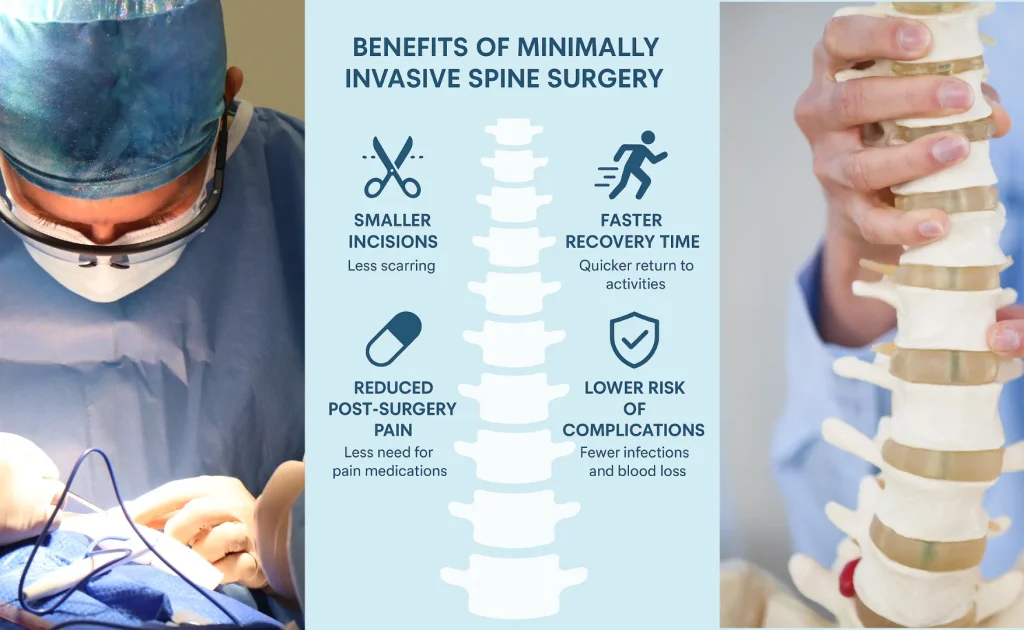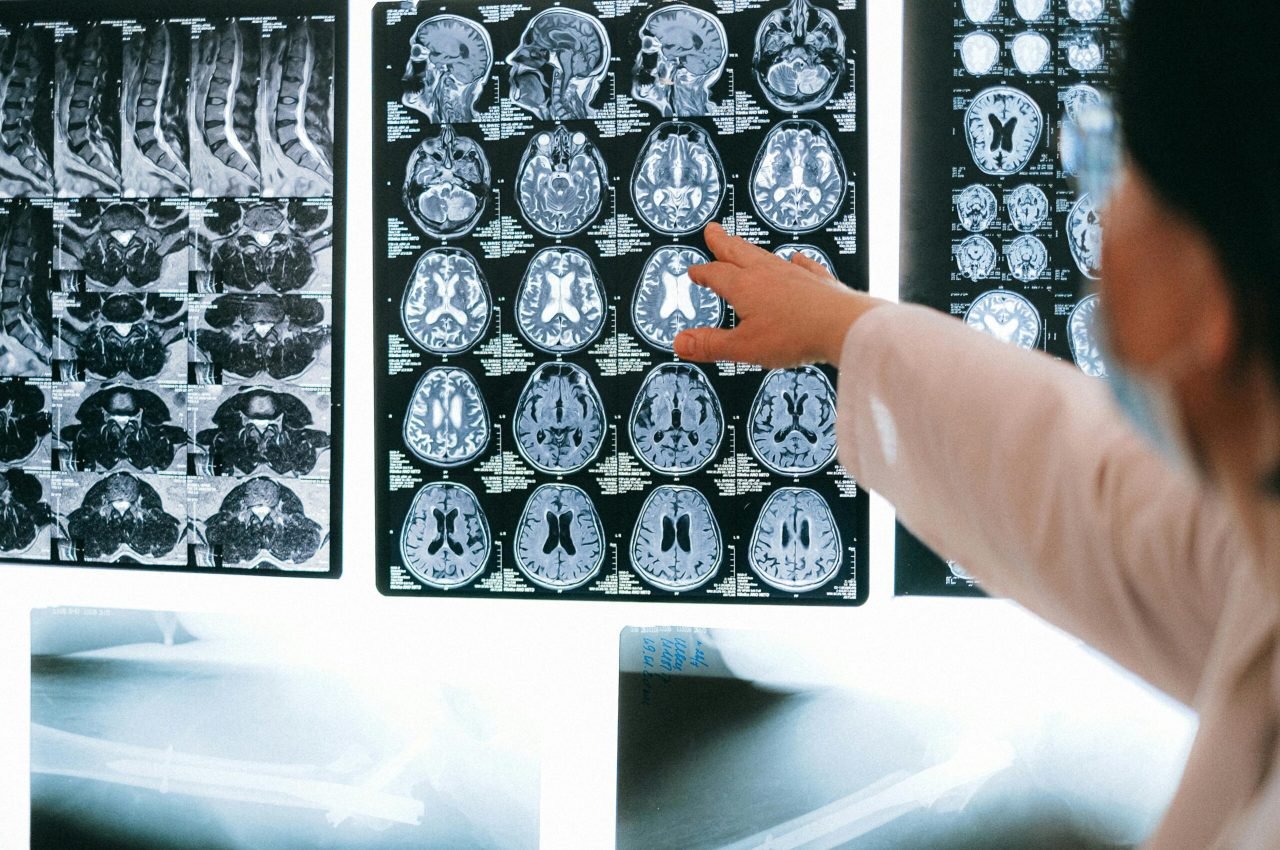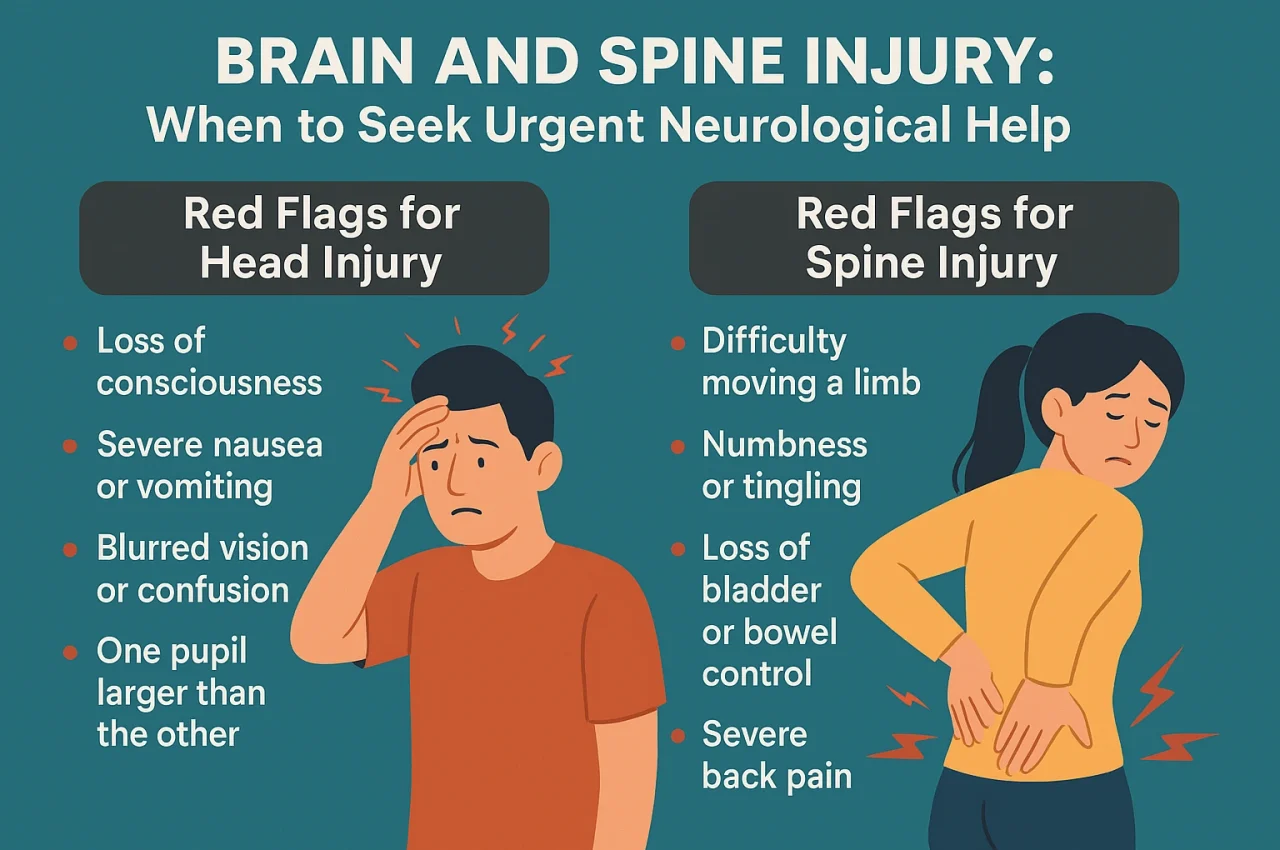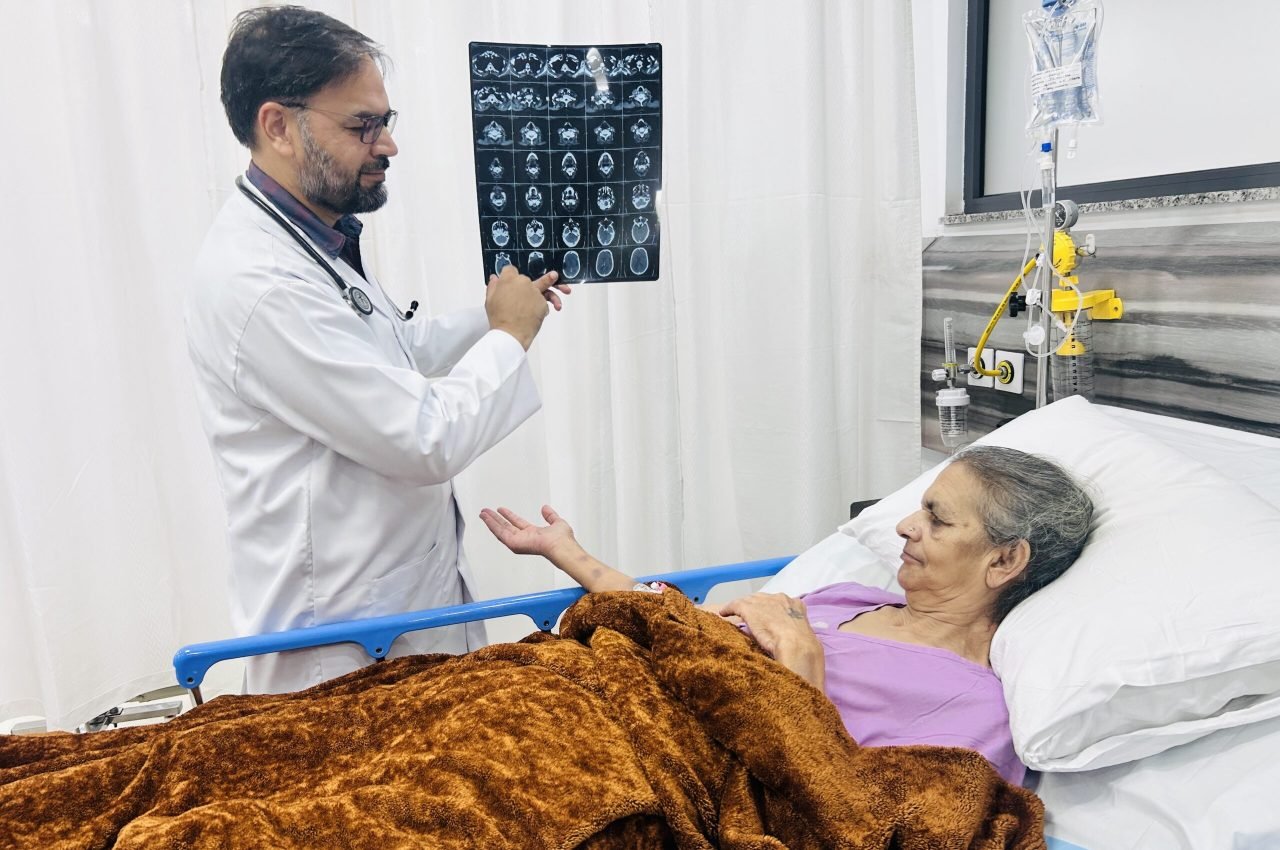Why Minimally Invasive Spine Surgery is Changing the Game
Back pain is one of the most common health issues today, affecting people from all walks of life. Many patients who suffer from herniated discs, spinal stenosis, or degenerative spine conditions fear surgery due to long recovery times and complications. However, minimally invasive spine surgery (MISS) has revolutionized treatment, offering faster recovery and less post-surgical pain.
If you’ve been advised spinal surgery but are worried about risks, this article will help you understand how minimally invasive techniques can make the process safer and more effective.
💡 Related Read: Wondering whether surgery or physiotherapy is right for you? Check out Spine Surgery vs. Physiotherapy: How to Choose?.
What is Minimally Invasive Spine Surgery?
Minimally Invasive Spine Surgery (MISS) uses small incisions, specialized instruments, and advanced imaging techniques to perform spinal procedures with minimal damage to surrounding muscles and tissues. Unlike traditional open surgery, which requires large cuts, MISS allows patients to recover faster and return to normal activities sooner.
Common Minimally Invasive Spine Surgery Procedures
1. Microdiscectomy (Herniated Disc Surgery)
- Used for: Treating sciatica and herniated discs.
- How it works: A small incision is made, and a tiny portion of the damaged disc pressing on the nerve is removed.
2. Spinal Fusion (Minimally Invasive Approach)
- Used for: Stabilizing the spine in conditions like spondylolisthesis and degenerative disc disease.
- How it works: Small bone grafts and screws are inserted to fuse two vertebrae, reducing movement that causes pain.
3. Endoscopic Spine Surgery
- Used for: Treating spinal stenosis and disc issues.
- How it works: A small camera (endoscope) is inserted through a minor incision, allowing the surgeon to see and operate without cutting muscles.
4. Kyphoplasty & Vertebroplasty (For Spine Fractures)
- Used for: Treating spinal fractures caused by osteoporosis.
- How it works: A small balloon is inserted into the fractured vertebra and filled with bone cement to restore spine strength.
💡 Related Read: Learn more about advanced spine treatments in Common Brain & Spine Procedures Explained.
Key Benefits of Minimally Invasive Spine Surgery
Patients often ask, “Why should I choose minimally invasive spine surgery over traditional open surgery?” Here are the major benefits:
✅ Smaller Incisions, Less Scarring
Since MISS uses incisions as small as 1-2 cm, there’s minimal scarring compared to open surgery.
✅ Faster Recovery Time
Patients undergoing minimally invasive procedures can walk within a few hours post-surgery and return to work in a few weeks.
✅ Reduced Post-Surgery Pain
Less muscle and tissue damage means less post-operative pain and lower dependency on pain medications.
✅ Lower Risk of Infections & Complications
Smaller incisions reduce the risk of infections, blood loss, and complications compared to traditional surgery.
💡 Related Read: Suffering from chronic back pain? Find out when to consult a Back Pain Specialist in Panchkula.
Who is a Candidate for Minimally Invasive Spine Surgery?
MISS is not for everyone. A neurologist or spine specialist will evaluate whether you are a good candidate based on:
✅ Severity of Back Pain: If pain persists despite physiotherapy and medication.
✅ Type of Spinal Condition: Herniated discs, spinal stenosis, or fractures are best suited for MISS.
✅ Failed Non-Surgical Treatments: If physiotherapy, medications, or injections haven’t provided relief.
✅ Overall Health: Patients with diabetes, high BP, or obesity might need pre-surgery evaluations.
If your symptoms are mild, your doctor may still recommend physiotherapy and pain management before surgery. Read more in Chronic Back Pain: When to Consider a Specialist in Panchkula.
Recovery After Minimally Invasive Spine Surgery
One of the biggest advantages of MISS is its quick recovery time. Here’s what you can expect:
Hospital Stay: Most patients are discharged within 24 hours after surgery.
Walking: You can start walking the same day or the next day.
Return to Work: Most people return to light activities within 2-4 weeks.
Exercise & Physiotherapy: Mild stretching and physiotherapy begin within a few weeks.
Heavy Lifting: Avoid strenuous physical activity for at least 6-8 weeks.
💡 Related Read: Planning for recovery? Learn about the Best Treatment Options for Spine & Nerve Disorders.
Final Thoughts: Should You Consider Minimally Invasive Spine Surgery?
Minimally invasive spine surgery offers a safe, effective, and faster alternative to traditional open spine surgery. If you’re suffering from long-term back pain or a spinal condition that hasn’t improved with non-surgical treatments, it may be time to consult a spine specialist.
📍 Location: Panchkula, Haryana
📞 Call Us: 9780 355 355
📅 Schedule an Appointment
📢 Stay updated! Follow our blog for expert insights on spinal health and neurology.
FAQ Section: Minimally Invasive Spine Surgery
1. How is minimally invasive spine surgery different from traditional spine surgery?
Minimally invasive spine surgery requires smaller incisions, reduces blood loss, and has a shorter recovery time compared to traditional open spine surgery.
2. How long does it take to recover from minimally invasive spine surgery?
Most patients recover within 2-4 weeks and can resume light work. However, full recovery may take 6-8 weeks, depending on the procedure.
3. Is minimally invasive spine surgery safe?
Yes, it is a proven and safe alternative to traditional surgery with lower risks of infection, complications, and scarring.
4. Who should not undergo minimally invasive spine surgery?
Patients with severe spinal deformities, tumors, or infections may require traditional surgery instead. A neurologist can assess the best treatment option.








